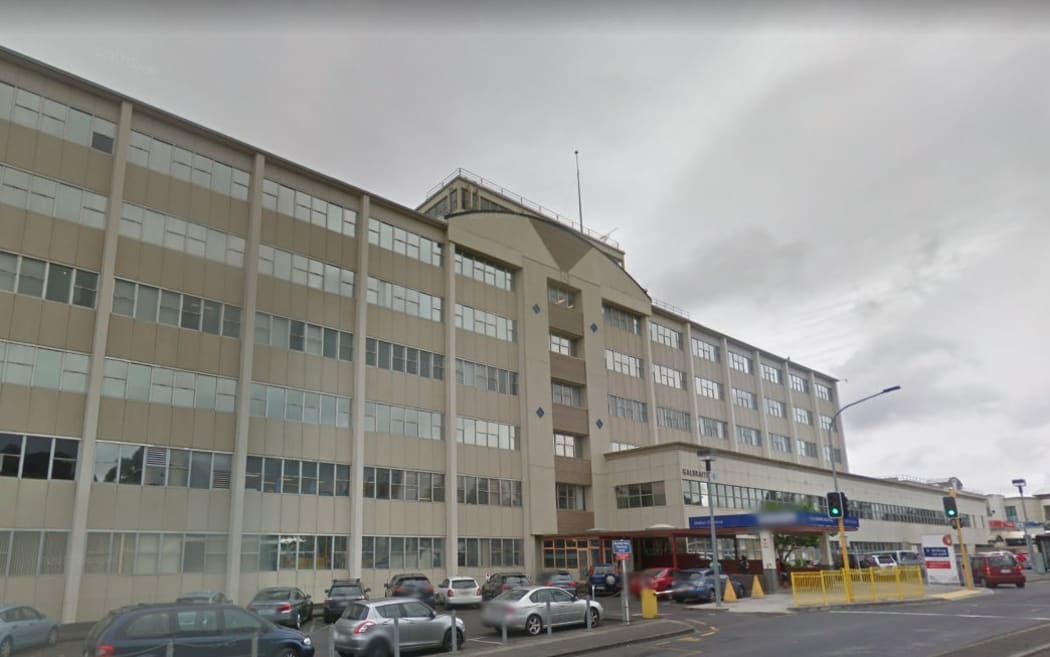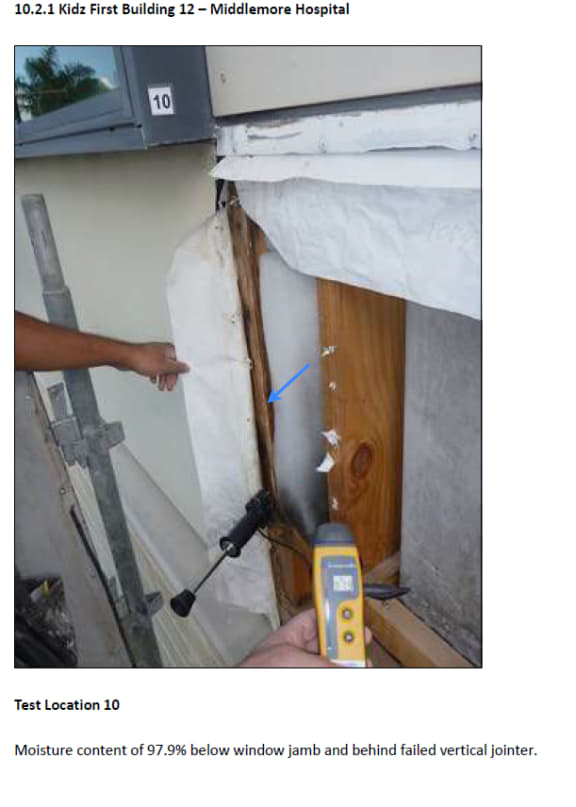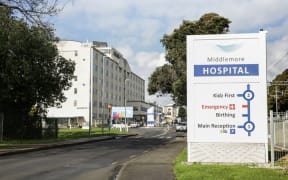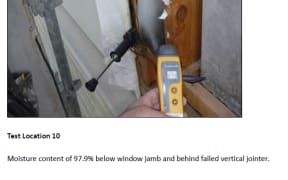Health Minister David Clark is demanding answers from South Auckland health bosses after they failed to tell him the full extent of the leaky building crisis at Middlemore Hospital.

Middlemore Hospital. Photo: Google Maps
The Counties Manukau District Health Board was first alerted to the problems six years ago and Dr Clark wants to know why he was only told about one of the four buildings that have dangerous mould.
Documents released to RNZ show the DHB first knew about the leaky Scott Building in 2012, and serious failures in the Kidz First hospital, the McIndoe buildings, and at the Manukau Superclinic were confirmed over the next two years.
The DHB faces a repair bill of tens of millions of dollars but says patient safety is not compromised so long as the fungal spores stay in the walls.
Dr Clark, who this week signed off an extra $11.5 million to fix the Scott Building - which houses medical, surgical and geriatric wards - said the board told him nothing about the other problems when he visited last week.
"I'm disappointed the other issues weren't raised with me during that meeting, and I'm expecting the DHB to now outline to me their plan."
He was seeking "a frank conversation" with the DHB chairman Rabin Rabindran today.
However, the minister said he was satisfied with the board's assurances that patient safety was not at risk.
The nurses' union was also furious their members were not told of the problems.
Spokesperson Lesley Harry said the union had asked for an urgent meeting with hospital managers after learning about the mouldy, rotting buildings from RNZ.
"The delay in us finding out and the way we have done so is really unfortunate, and it will be a concern to our members and the workforce generally at Middlemore Hospital."
Meanwhile, public health researcher Caroline Shorter from Otago University said many children in hospital with respiratory problems came from damp houses contaminated with the kinds of mould in the Kidz First Hospital.
Any exposure to mould was dangerous, particularly for those with compromised immunity, she said.
"That can actually increase your risk of respiratory infections, flus, colds. It can certainly exacerbate asthma symptoms as well as beginning the process in the first place, and things like allergic rhinitis and bronchitis, there's evidence of that as well."
Stachybotrus - black mould - could cause skin reactions, which were like chemical burns, Dr Shorter said.
Although it knew about the problems six years ago, the DHB did not commission an independent assessor to do a full investigation until early last year.
That report recommended urgent repairs.
Board responds
The board's director of population health strategy and investments, Margie Apa, said it was not fair to say the board had done nothing because it was a complex investigation.
Some temporary repairs had been done and it had been pursuing a legal case against the construction company, Hawkins Construction North Island Ltd.
The total repair bill was likely to be more than $40 million, but could be more, Ms Apa said.
"We need to start with Scott Building first because it's not until you start the work that you realise how much it's going to take and the time it's going to take because as you appreciate we can't close down large parts of the hospital in a major acute demand period."
The DHB had increased its budget for maintenance and was monitoring the problem areas closely.
If necessary, the board could look at cordoning off some areas and transferring patients to other sites, she said.
Counties Manukau's chief executive Gloria Johnson has confirmed the DHB issued legal proceedings against Hawkins Construction North Island Ltd in 2012 and made a "full and final" confidential settlement early last year.
Documents show the board was last year finalising a contract with the same company to repair the Scott Building.

Photo: Supplied
The documents showed the hospital's management has known since 2012 about problems with two of the buildings, and discovered issues with two others in 2013 and 2014 - but has not fixed them.
Counties Manukau DHB said in a report that it has put safety measures in place, including monitoring at one of the buildings, but it has not detailed exactly what measures and is refusing to be interviewed.
Efeso Collins is the Auckland councillor representing the Manukau ward, which includes Middlemore Hospital.
He told Morning Report the first he had heard about the rot was on RNZ this morning and was he was deeply concerned.
"We're sending sick kids from damp homes in South Auckland to a damp hospital.

Efeso Collins. Photo: Supplied
"And the fact that the DHB is saying nothing, isn't talking to media ... it's deeply concerning. It's shocking."
Mr Collins said it was very disappointing for his area where there were high rates of rheumatic fever and asthma.
"Slowly what we're seeing is this complete erosion of peoples' confidence in a health service that we've depended on for so long."
He said he would contact the DHB board to find out why the information has only came to light now, six years after they first became aware of the issue.
Mould 'like asbestos dust'
The hospital buildings should have been vacated as soon as dangerous mould was found, a lawyer who has handled hundreds of leaky building cases said.
"[The mould] stachbotrys is a very significant problem. It's effectively like asbestos dust and it can get into your lungs and cause all sorts of respiratory problems," Auckland lawyer Paul Grimshaw said.
"I think as soon as the management was made aware of this back in 2012 they ought to have taken immediate steps to get these kids and these patients out.
"The delay seems to be inexcusable in this case."





